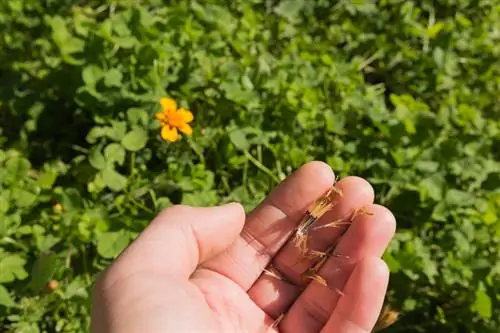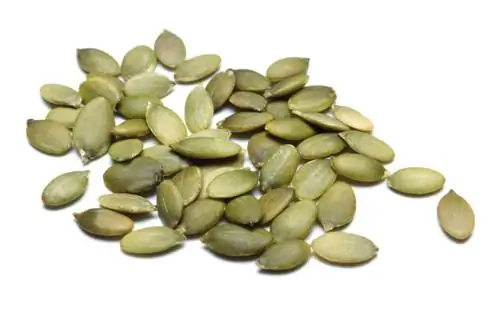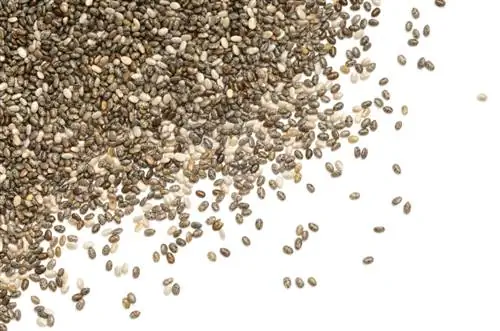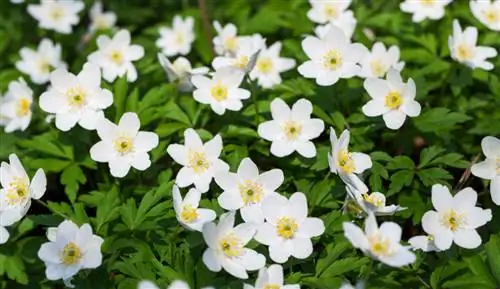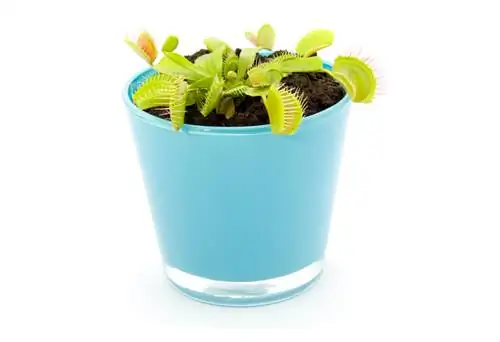- Author admin [email protected].
- Public 2023-12-16 16:46.
- Last modified 2025-01-23 11:20.
Tagetes are among the most popular summer flowers because they are almost indestructible and set bright accents with their colorful flowers. The flowering plant carries numerous seeds that you can harvest and use for breeding. If the marigold feels comfortable in one location, it often even exudes itself.
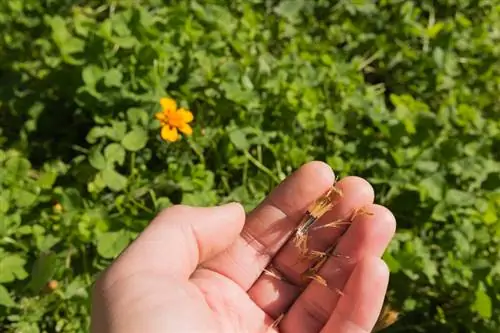
How to harvest marigold seeds?
To harvest marigold seeds, leave the spent flowers on the plant until they dry out. Then carefully remove the seed heads and dry them completely. Store the seeds in a frost-free, dry place until sowing.
Seed properties
Like all daisy family plants, marigolds form achaneaes after fertilization, a variety of nut fruits. The seeds are rod-shaped and are located in small tubes that become visible after flowering.
Harvesting the seeds
If you want to propagate marigolds yourself, you can harvest the seeds from the faded flowers throughout the entire flowering period. In this case, do not remove the flower heads immediately after they have faded and leave them on the plant until they have dried out.
Carefully pluck off the seed heads and allow them to dry completely. Store the seeds in a dry and frost-free place until sowing.
Growing marigolds from seeds
So that the student flowers can be planted in the garden or a flower box after the Ice Saints in May, you should start growing them at the end of February or beginning of March. The following conditions must be met so that the marigold germinates quickly and thrives:
- The marigold is a light germinator. The seeds may therefore only be covered very thinly with soil.
- Wet carefully with a sprayer so that the small grains are not washed away.
- The optimal germination temperature is between 18 and 20 degrees.
- Place the cultivation containers in a bright place on the windowsill. However, direct sun should be avoided.
- Cover the planter with a cover (€12.00 on Amazon) or a clear plastic bag.
Since marigolds are usually sown flat, you have to prick out the young plants as soon as the second pair of leaves have formed. After the Ice Saints, the student flowers should be carefully accustomed to the outdoors. Initially only place the pots in a shady and protected place on the terrace during the day so that the plants can adapt to the changed conditions.
Tip
Tagetes are available in a variety of different shapes that differ in height and flower color. However, the characteristics of the hybrids are not always inherited stably when bred from seeds.

